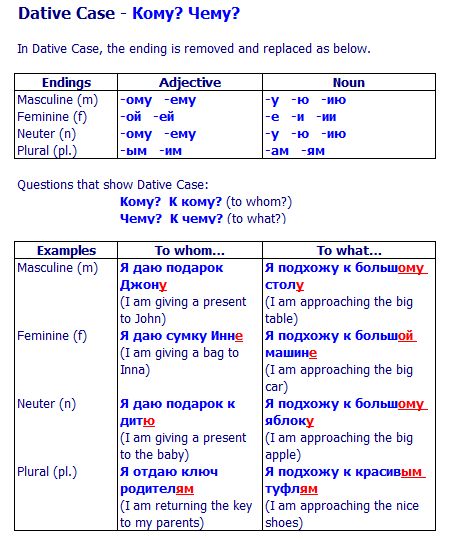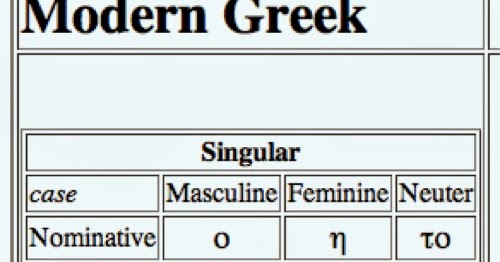

gives a stomachache.īut if you're learning a language with cases, you might learn different forms for each case! These changes are called declensions, so you can say that a noun declines a certain way in each case.For example, the nouns "girl," "boy," and "ice cream" don't change even when their role in the sentence does: In English, we always use the same form of the noun, no matter its place in the sentence. In some languages, it's the noun itself that will show the case, maybe with a certain ending, and other languages will show case in different ways in German, it's usually shown on the words linked to the noun.

In languages with more extensive case systems, every noun-not just pronouns-has to show what case it's in, depending on what else is happening in the sentence (like which verb or preposition it's linked to). This might remind you of Spanish pronouns, too! How do noun cases work? Even though English doesn't have a true case system anymore, our subject and object pronouns are the remnants of noun cases (subject pronouns are from the old nominative case, and the object pronouns came from a lot of other old cases, like accusative and dative). Cases tell you what the noun is doing in the sentence, like giving or receiving something. If you've studied English grammar, you might have heard these called subject pronouns ("I," "he," "she," "we," "they," among others) and object pronouns ("me," "him," "her," "us," "them," etc). You could imagine saying "She gives the ice cream to he" instead-because why not? It doesn't change the meaning it's just not what we do in English. In English, we use different pronouns for the person doing the action of giving ("she" and "he") than for the person who is being given something ("her" and "him").

Five of them - nominative, genitive, dative, accusative, and ablative - are used a lot, while the other two, vocative and locative, aren't used very much. Just repeat the endings over and over out loud until you remember them. You will need to memorize the endings for all 7 cases, singular and plural, of each declension. Sadly, memorizing is a part of Latin. The endings for each case are different based on a word's declension and number. We know how each word is to be understood in the sentence because of the word's case, which we can identify based on the word's ending. In Latin, all of the following sentences mean "The girl loves the boy."
#Genitive case latin endings how to#
In English, we know how to understand words in a sentence based on their order, but in Latin, word order doesn't (usually) matter! In spoken Latin, the case is the way the noun is inflected, but in written Latin, it determines the endings of nouns.

A noun's case tells how it should be understood in a sentence.


 0 kommentar(er)
0 kommentar(er)
